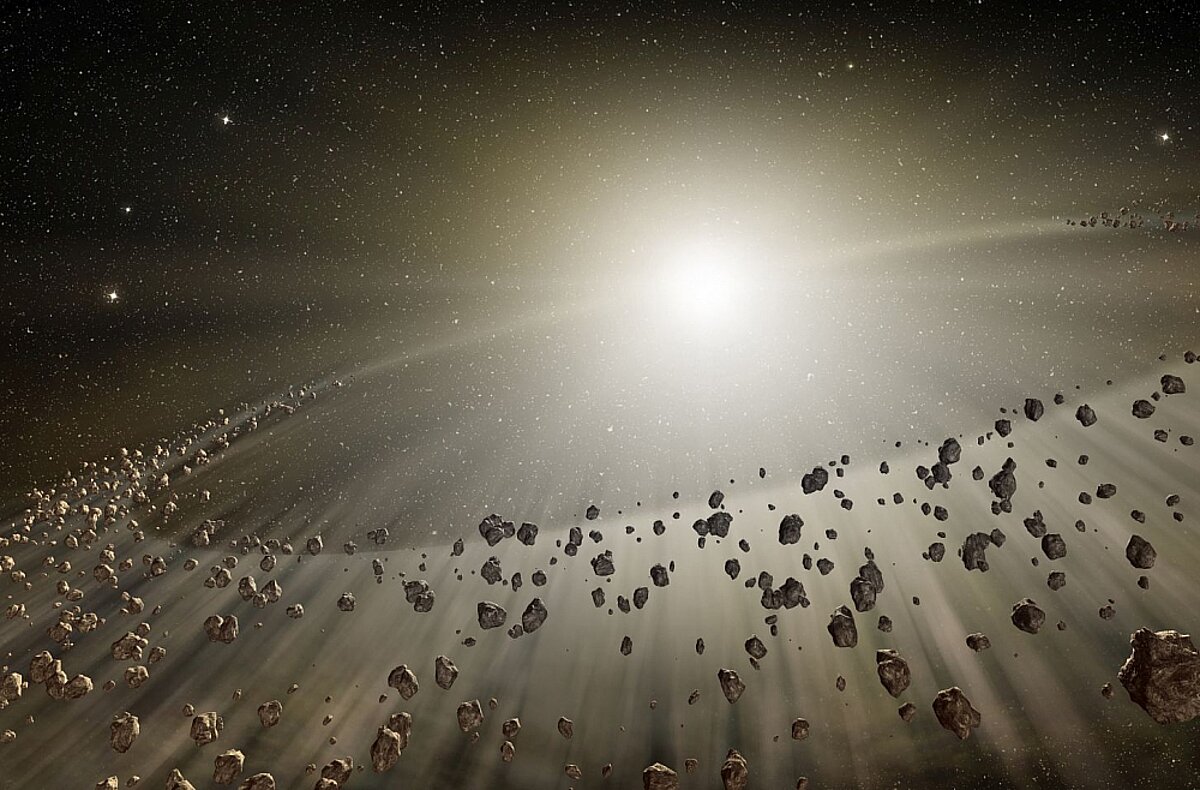
The substantiation for assigning the name states: “For more than 100 years, the University of Latvia has been the most popular higher education institution in Latvia. Tens of astronomers and tens of thousands of young people in other fields of study are grateful to the university for the acquired knowledge.”
The asteroid Latuni was discovered by the leading researcher of the Institute of Astronomy of the University of Latvia Ilgmārs Eglītis at the Baldone Astrophysical Observatory on October 23, 2017, and its orbit was calculated by Lithuanian astronomer Kazimieras Černis. The new celestial body associated with Latvia is located in the Main Asteroid Belt. Its average distance from the Sun is 3.15 astronomical units (471 million kilometres) and it takes 5.59 years to complete a circle around the Sun. Judging by the asteroid's luminosity and possible light-reflecting ability, Latuni is about 1.5 kilometres in diameter. At the time of its discovery, the asteroid was in the constellation Perseus with a magnitude of 21.
“I suggested giving such a name to the discovered asteroid in acknowledgment of all the teachers of the University of Latvia, who have given me and many other young people their knowledge, enabling further research,” emphasizes I. Eglītis.
The Institute of Astronomy (IA) of the University of Latvia (UL) is a scientific institute of the University of Latvia that conducts international-level fundamental and applied research in astronomy and related interdisciplinary fields, as well as research pertaining to laser measurements of the Earth's artificial satellites and the associated technologies. The Institute has two observatories – the Astrophysical Observatory in Baldone, Riekstukalns and the Fundamental Geodynamic Station in Riga, in the territory of the UL Botanical Garden. Baldone Astrophysical Observatory has a Schmidt telescope, whose main mirror is 1 m in diameter, whereas the Geodynamic Observatory has a telescope LS-105 with the main mirror of 1 m. The observatories are furnished with modern equipment and successfully participate in the implementation of international projects. The Fundamental Station in the territory of the UL Botanical Garden performs regular satellite laser location measurements and is a member of the International Laser Ranging Service (ILRS). Several asteroids discovered at the Baldone Astrophysical Observatory have been given names related to Latvia.

 Akadēmiskais centrs
Akadēmiskais centrs